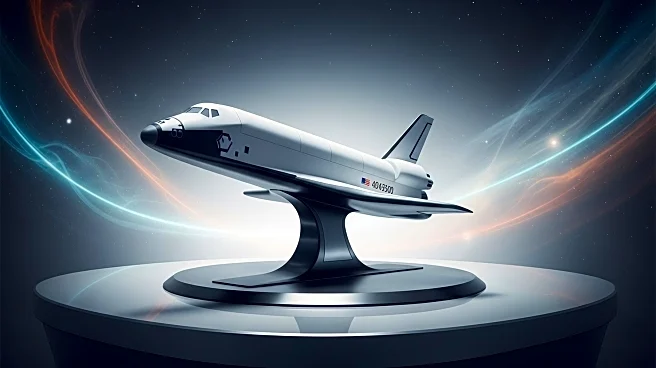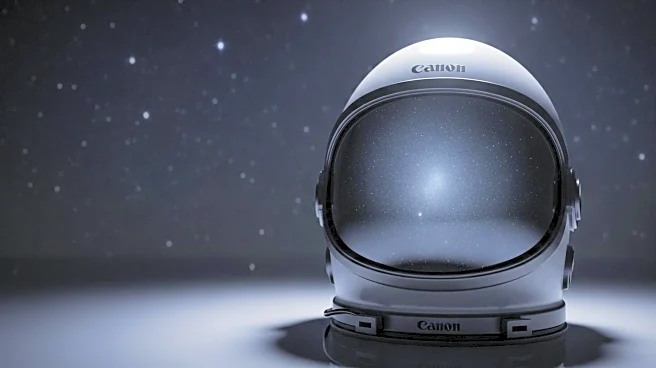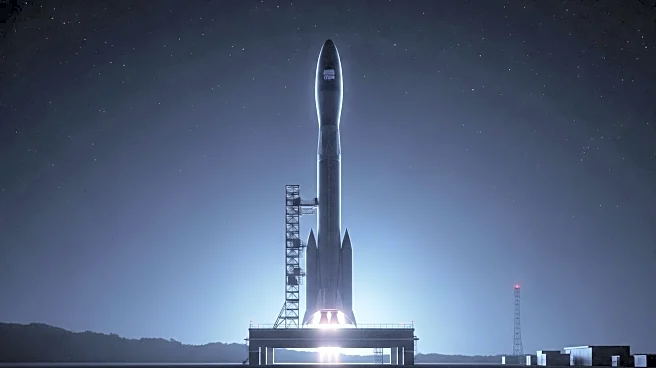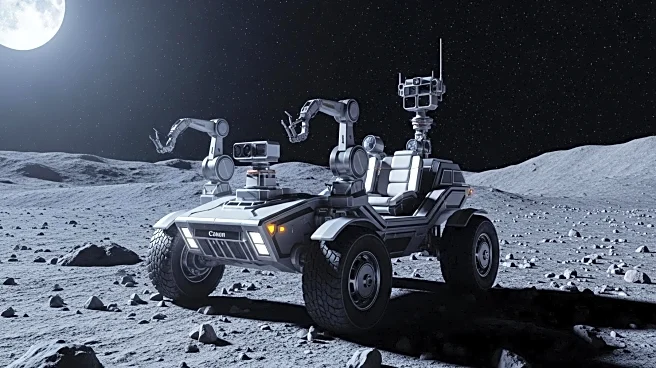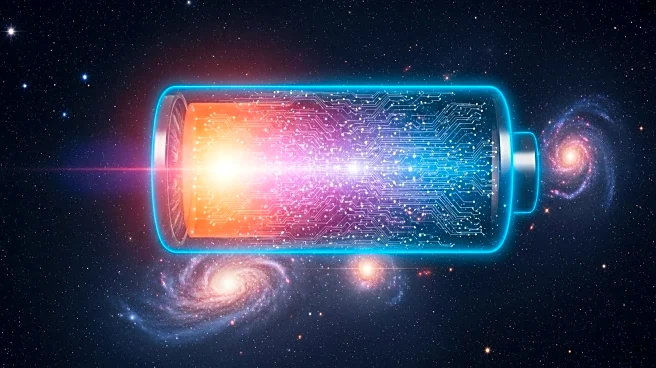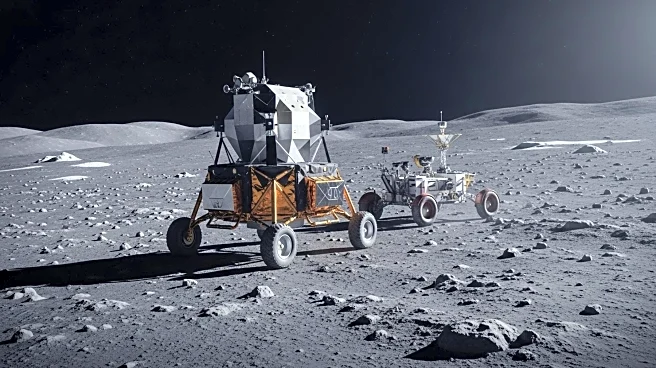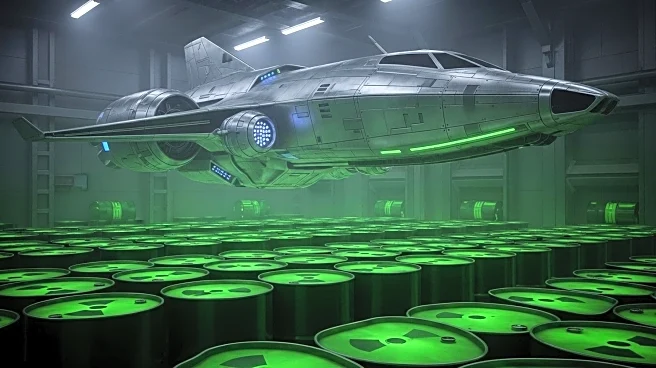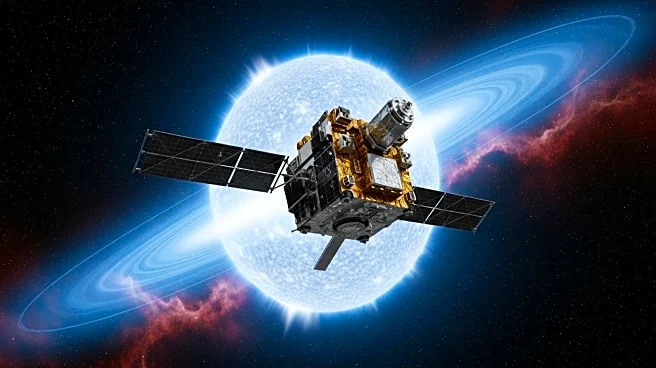What's Happening?
NASA has awarded a contract to Katalyst Space Technologies, based in Flagstaff, Arizona, to raise the orbit of the Neil Gehrels Swift Observatory. This initiative aims to extend the observatory's operational life and demonstrate advanced spacecraft servicing capabilities. The Swift Observatory, launched in 2004, is experiencing accelerated orbital decay due to increased solar activity. NASA's collaboration with Katalyst will involve a robotic servicing spacecraft that will rendezvous with Swift to elevate its orbit, showcasing a rapid-response capability crucial for future space missions. The orbit boost is scheduled for spring 2026, contingent on solar activity. This marks the first instance of a commercial robotic spacecraft capturing a government satellite not originally designed for in-space servicing.
Why It's Important?
The contract with Katalyst Space Technologies represents a significant step in advancing American space industry capabilities. By leveraging commercial technologies, NASA aims to address the challenge of orbital decay, a common issue for satellites. This collaboration not only extends the life of the Swift Observatory but also sets a precedent for future satellite servicing missions. The initiative supports NASA's broader goals of maintaining American leadership in space exploration and technology development. It also highlights the potential for cost-effective solutions compared to launching new missions, thereby benefiting the nation's space economy and scientific research capabilities.
What's Next?
NASA plans to monitor solar activity closely to ensure the timely execution of the orbit boost scheduled for spring 2026. The success of this mission could pave the way for similar collaborations, potentially extending the operational life of other satellites. As NASA continues to work with industry partners, the agency aims to foster rapid and agile technology development, which could unlock new discoveries and enhance current missions. The outcome of this project may influence future policies and strategies regarding satellite servicing and space exploration.
Beyond the Headlines
This collaboration between NASA and Katalyst Space Technologies underscores the growing role of commercial entities in space exploration. It reflects a shift towards more risk-tolerant approaches in addressing space challenges, which could lead to innovative solutions and expanded capabilities. The project also highlights the importance of public-private partnerships in advancing technological development and solving real-world challenges. As the space industry evolves, such collaborations may become increasingly vital in maintaining the United States' competitive edge in global space endeavors.

